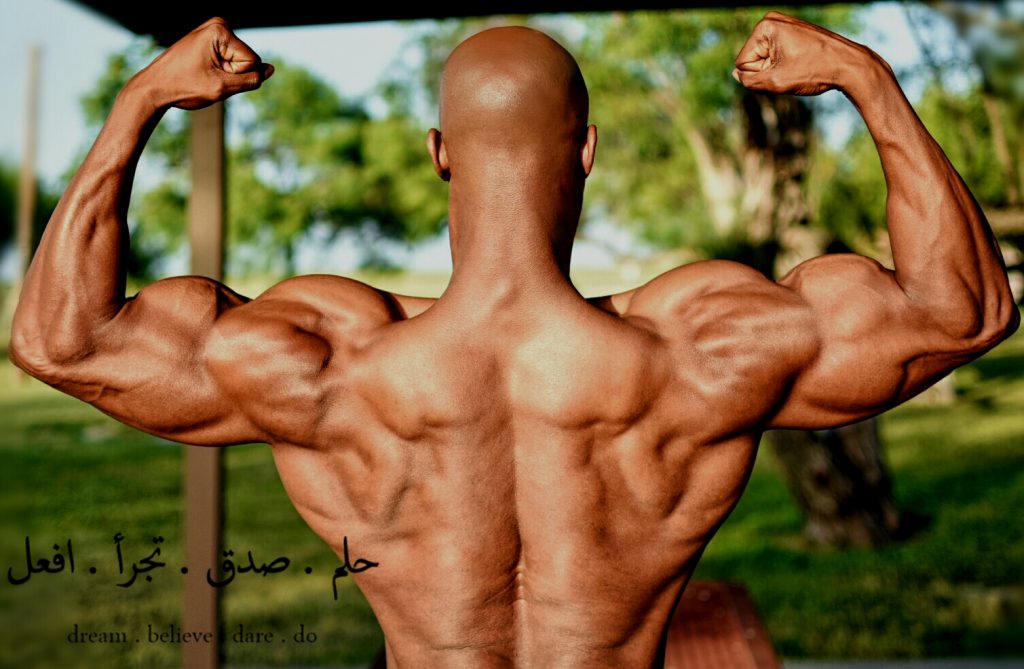Muscle memory, brain power and long-term fitness
Note: If you are viewing exercise videos on a mobile device, please switch to horizontal view for the best experience.
The subject of muscle memory is something which crops up on a regular basis and while often seen as some kind of myth, the details would suggest otherwise. Before we look at muscle memory in more detail it is worth considering everyday activities which lead to some kind of “memory”. If for example we take the subject of riding a bicycle for the first time, the process of learning how to stay on, balance and ride at different speeds. The fact that once you have learned to ride a bike it “never leaves you” is a very similar basis on which memory muscle is based. It is a little more technical, more medically minded but this is perhaps one of the easiest examples to show how the body “remembers”.
Cutting back on gym work
While many people are able to continue their regular gym visits and work out on a long-term basis, the vast majority of people will come and go at different times. There will be issues in their personal life which may keep them away from the gym in the short to medium term, maybe take a break after burning themselves out; so this is a common issue. It is estimated that 14 days of “detraining” will reduce your muscle power by as much as 12%. So, it would be easy to assume from this statistic that you need to maintain your gym visits and powerful workouts. Well, that is not necessarily so….
Understanding muscle growth
Underneath all of the powerlifting, protein drinks and healthy lifestyle there is one key factor which is often overlooked when looking to enhance muscle size and muscle strength. Once you begin to train there is obviously an impact on your physique and your muscles but this additional training prompts your body to create what are known as nuclei. These nuclei are vital in the creation of bigger and stronger muscles because they control protein synthesis which effectively converts protein into muscle.
This explains one reason why in the early days of a new fitness program you will become leaner and see a degree of improvement in muscle mass but nothing extraordinary. The creation of additional nuclei takes time so in effect your body is catching up with your initial burst of additional exercise. The more nuclei converting protein to muscle the greater the improvement in muscle mass, but what happens when you stop training?
Myths debunked
In years gone by it was assumed that once you stopped exercising then the additional nuclei which had built up simply died. The reason for this myth is because nuclei build and then fade in connective tissue depending upon exercise. However, it turns out that your biceps and your triceps and other muscle sets have a very different “mindset”.
The additional nuclei do not die, they do not fade away and there is medical evidence to suggest they are permanent. As we touched on above, when you learn to ride a bike it becomes subconscious and there is no need to retrain your mind and your body. It seems that the same is true when it comes to muscle fibre; with the newly created nuclei remaining as an integral part of muscle fibre whether or not you take a break from training.
Returning to training
One interesting factor surrounding the permanent creation of these new muscle fibre nuclei is what happens when you start training again. If you sit back and take a look from a distance, new evidence suggesting you will effectively skip the nuclei creation stage and move on to synthesising protein into improved muscle size and strength make sense. The nuclei are still there, there is no need for your body to create more, so they immediately begin synthesising protein to improve your muscle mass. So, it does seem as though bodybuilding is very similar to learning to ride a bike, your body never forgets.
The creation of these nuclei within muscle fibres is also something which has attracted the attention of athletics anti-doping organisations. In years gone by those athletes found guilty of using illegal substances to improve their body mass and their muscle strength have often been welcomed back after a period in the wilderness. New evidence suggests that even though these individuals may have stopped using illegal substances many years ago, the nuclei which they helped create still remain. So, there is an argument that doping cheats will effectively benefit from their ill-gotten biological gains for many years to come.
Conclusion
While muscle memory is for many people some kind of myth there is now medical evidence to suggest it is real. We now know that the nuclei created within muscle fibre, as a consequence of resistance exercises, may well be permanent. In years gone by the belief was that these nuclei died when you stopped training but that does not seem to be the case. While some people may dismiss this argument, how would you explain the fact that once you ride a bicycle you never forget? Or the way you instinctively catch a ball with one hand as opposed to with your face, as we have all been hit in the face with a ball at some time?
Extracting maximum benefit from mind and body is the key to long-term fitness and health. Understanding how the body “remembers” and offers shortcuts in the future allows us to create exercise programs around not only an individual’s goals but their past exercise routines. Putting together mind and body creates an extremely powerful machine!

